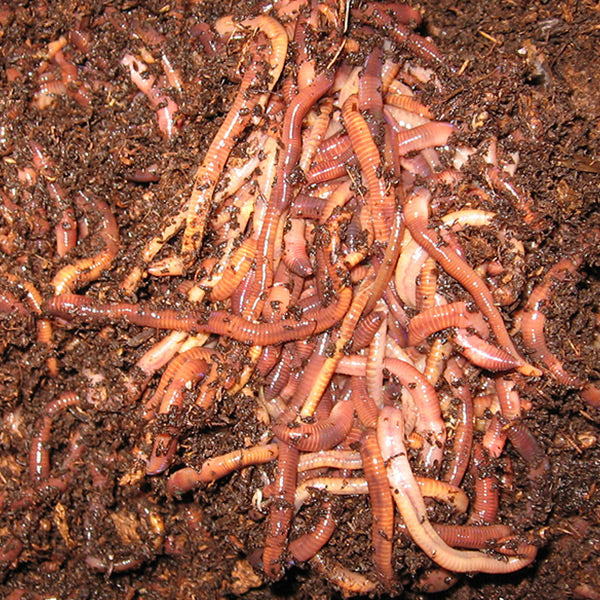The Definitive Guide to Red Wiggler Express
The Definitive Guide to Red Wiggler Express
Blog Article
Top Guidelines Of Red Wiggler Express
Table of ContentsThe 30-Second Trick For Red Wiggler ExpressSome Ideas on Red Wiggler Express You Should KnowThe Basic Principles Of Red Wiggler Express All about Red Wiggler Express
With the worldwide push for sustainability and with environmentally friendly practices growing in popularity, people are finally coming around and acknowledging the ecological benefits of red wiggler worms and composting. In this short article, we'll review just how vermicomposting sustains sustainable horticulture and the environmental advantages of red wigglers and various other earthworms.
This is the except it. If you intend to review comprehensive concerning red wiggles, we have an entire post committed to them here. Currently, allow's get into the nuts and bolts of how these worms support sustainable gardening methods and profit the setting: Worm composting is like a medical spa day for your dirt.
When integrated into your yard dirt, these spreadings improve its framework, oygenation, and water retention. This assists with plant development and health and does not need the usage of any type of chemicals. Did you understand that organic waste composes a considerable portion of garbage dump product? And decomposing organic waste in landfills creates large amounts of garbage dump gas (LFG), which is consisted of about 50% carbon dioxide and 50% methane a greenhouse gas about 28 even more effective than CO2.
By diverting your cooking area scraps and lawn waste into a worm composting bin, you're properly decreasing the quantity of organic waste that ends up in landfills. Fail to remember about chemical plant foods worm castings are the real offer.
Red Wiggler Express for Beginners

Mix the nutrient-rich worm castings into your garden dirt or utilize them as a top dressing for potted plants. In a world where sustainability is coming to be progressively important, red wigglers shine as unrecognized heroes of horticulture.
Composting may feel like old news, but doing it with a bin loaded with worms most likely does not. Red wiggler worms use excellent advantages to the organic gardener, producing both a natural plant food and a reliable chemical. And they consume your kitchen area scraps. The worth of red wigglers, a.k (Red Wiggler Express).a. Eisenia fetida, exists in their excrement, called worm spreadings.
Worm castings may be bought at stores such as SBS in Vineyard Place or Vineyard Gardens in West Tisbury, however to raise the worms in a compost bed and harvest your own spreadings is a lot more enjoyable. The job of these worms is an element of sustainable living. Red wigglers are native to equine manure, where they burrow to lay eggs.
Not known Incorrect Statements About Red Wiggler Express
(https://artistecard.com/rwigglerexnc)They can not make a lot of it." He covers the container with straw, after that a piece of old rug. "They like the heat," he states. Lynn clarifies the production of spreadings and two uses: as a plant food and as a pesticide. "They absorb decomposing matter. It goes through them and includes calcium to make this abundant planet," she says.
"We call it gold tea," claims Lynn. "I did it to see if it would certainly make a distinction on white flies and aphids. My rosemary had a mold and mildew or fungus. After I sprayed, quickly it looked much better." The red wiggler is a prodigious breeder, laying eggs as frequently as when a week.
It takes 3 to 5 months for an infant worm to reach sex-related maturity and the grown-up length of 3 inches. Their life expectancy is four to five years unless naturally they are used for bait. As freshwater fish lure, wigglers wriggle responsible and survive underwater longer than traditional earthworms.

As one of the Epigeic class of compost worms, the usually does not show up in soils. The worm is red or reddish-brown in color and has a smooth, round form.
A red wiggler worm can expand up to four inches in length but is usually just about two and a fifty percent inches. The worm has a tiny mouth located at the front of its head. It also has little bristles, called setae, which aid the worm move and anchor itself to surface areas.

Report this page